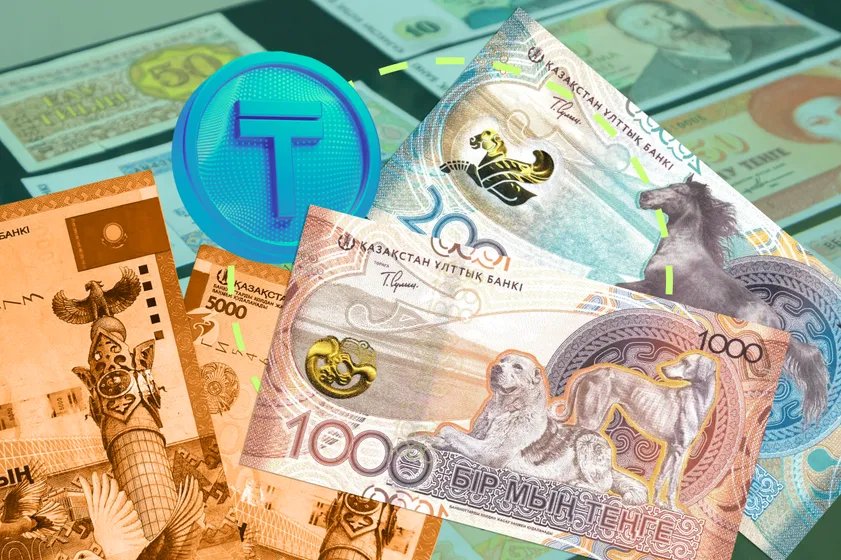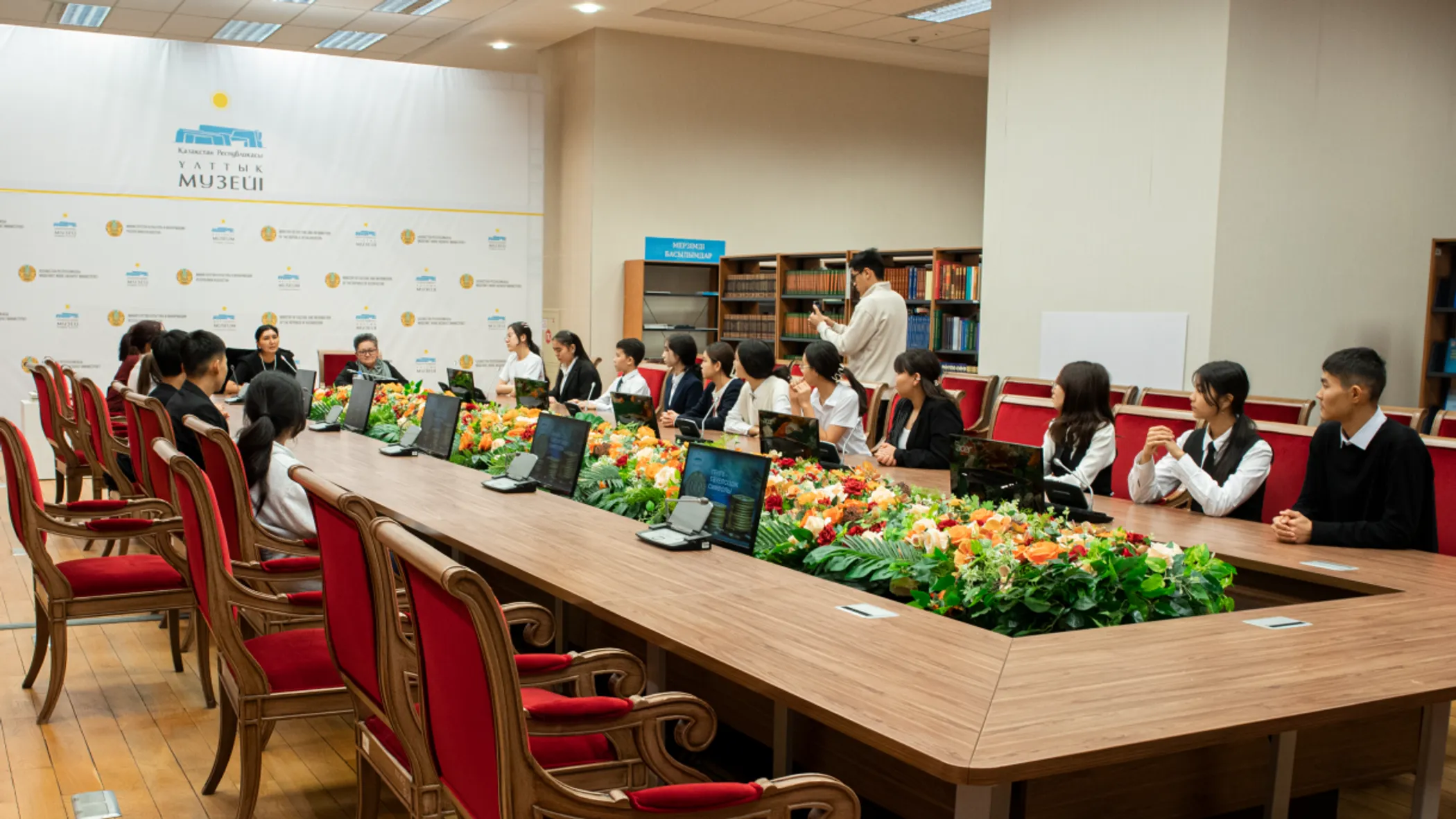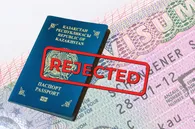Today, Kazakhstan is celebrating a momentous occasion—the 30th anniversary of its national currency, the tenge. Introduced on November 15, 1993, this currency has undergone transformative changes in both design and functionality, reflecting the dynamic evolution of Kazakhstan's economic and cultural landscape.
On November 14, as part of the events commemorating the anniversary of the national currency tenge, an open lesson titled ‘Tenge - Symbol of Independence’ took place at the National Museum of the Republic of Kazakhstan, with active participation from students representing Astana’s schools No. 70 and No. 83, QazMonitor reports.
The lesson delved into the rich history of the national currency, emphasizing its significance as a key attribute of a sovereign state. The primary goal was to acquaint children with the evolution of the tenge, conveying that currency is not only a medium of exchange but also a reflection of national values.
The students had the opportunity to explore a meticulously curated exhibition featuring a collection of coins ranging from the first samples of tenge to unique investment and collectible coins, as well as national currencies from countries around the world. The curators of the lesson ensured an immersive experience, allowing students not only to observe but also to handle and closely examine each coin on display.
At the event, QazMonitor talked to Tolkyn Darish, the Head of the Scientific Library at the National Museum of Kazakhstan and a numismatist, delving into the evolution of the tenge over the years and its profound significance as a symbol of national identity.
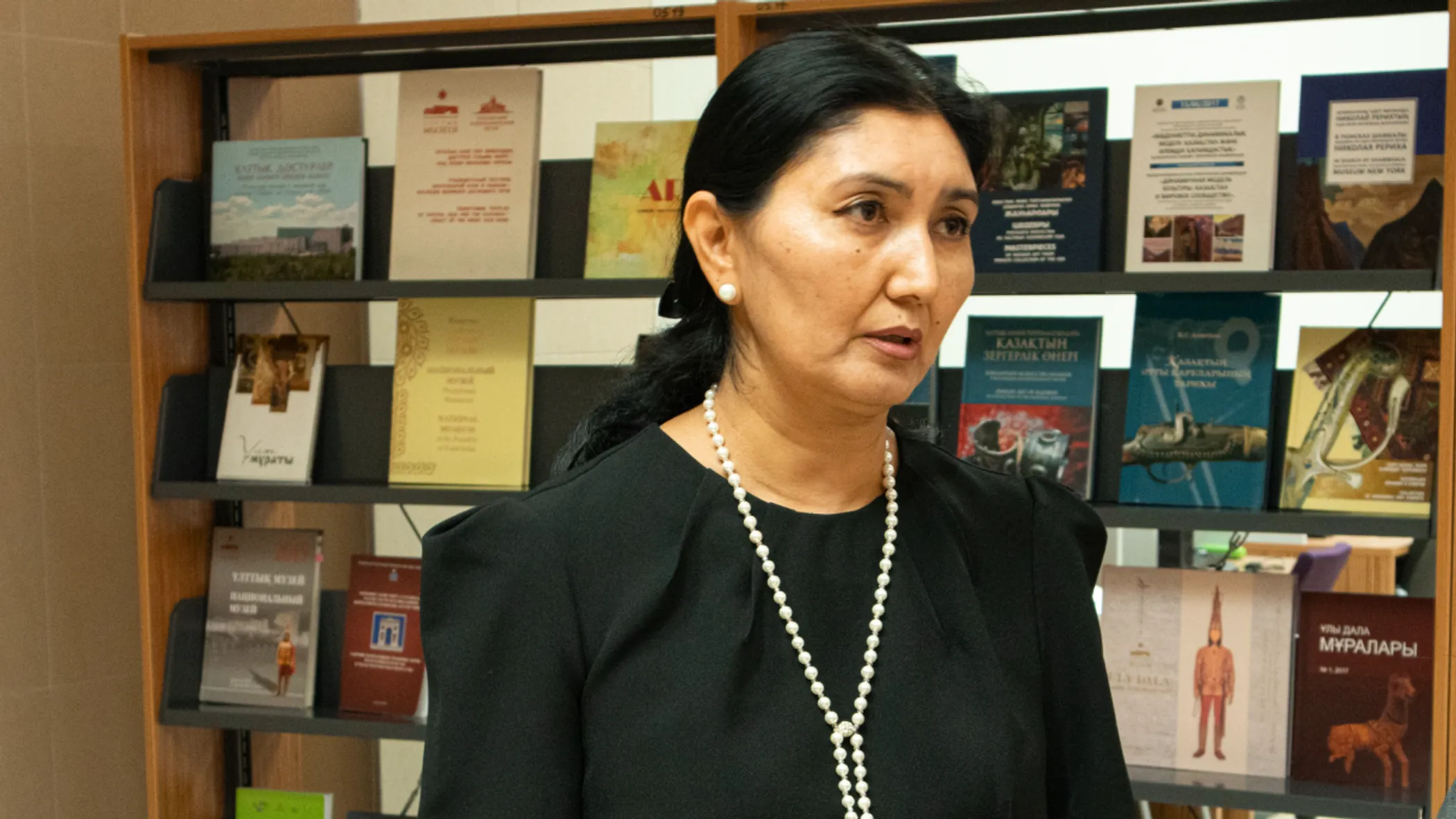
How has the tenge evolved over 30 years?
The transformation of the tenge extends beyond design alterations. In 1993, the currency was crafted from various alloys, including the use of copper, with the initial batch designed and printed in England. Over time, to ensure 16 degrees of protection, we established a mint in Ust-Kamenogorsk and a banknote factory in Almaty. The design of tenge consistently evolved, earning awards for the best banknote design in 2006, 2007, 2011, and 2013, solidifying its reputation as one of the world's most beautiful banknotes.
Which coins are particularly popular among numismatists and collectors?
First, coins from 1993, as they went out of circulation very quickly. Secondly, banknotes of rare editions are more sought after by collectors. Thirdly, collectible and investment coins made of gold, silver, tantalum, or turquoise, and coins adorned with diamonds [are particularly popular]. These coins, prized for their beauty, hold long-term value and play a significant role for numismatists and collectors.
What importance does currency hold for a nation's identity and values?
Similar to national symbols such as the flag, coat of arms, and anthem, currency plays a crucial role in the independence of Kazakhstan. If we did not have our own banknotes and currency, you could say that we would be dependent on another country. Therefore, I consider it another symbol of our independence.
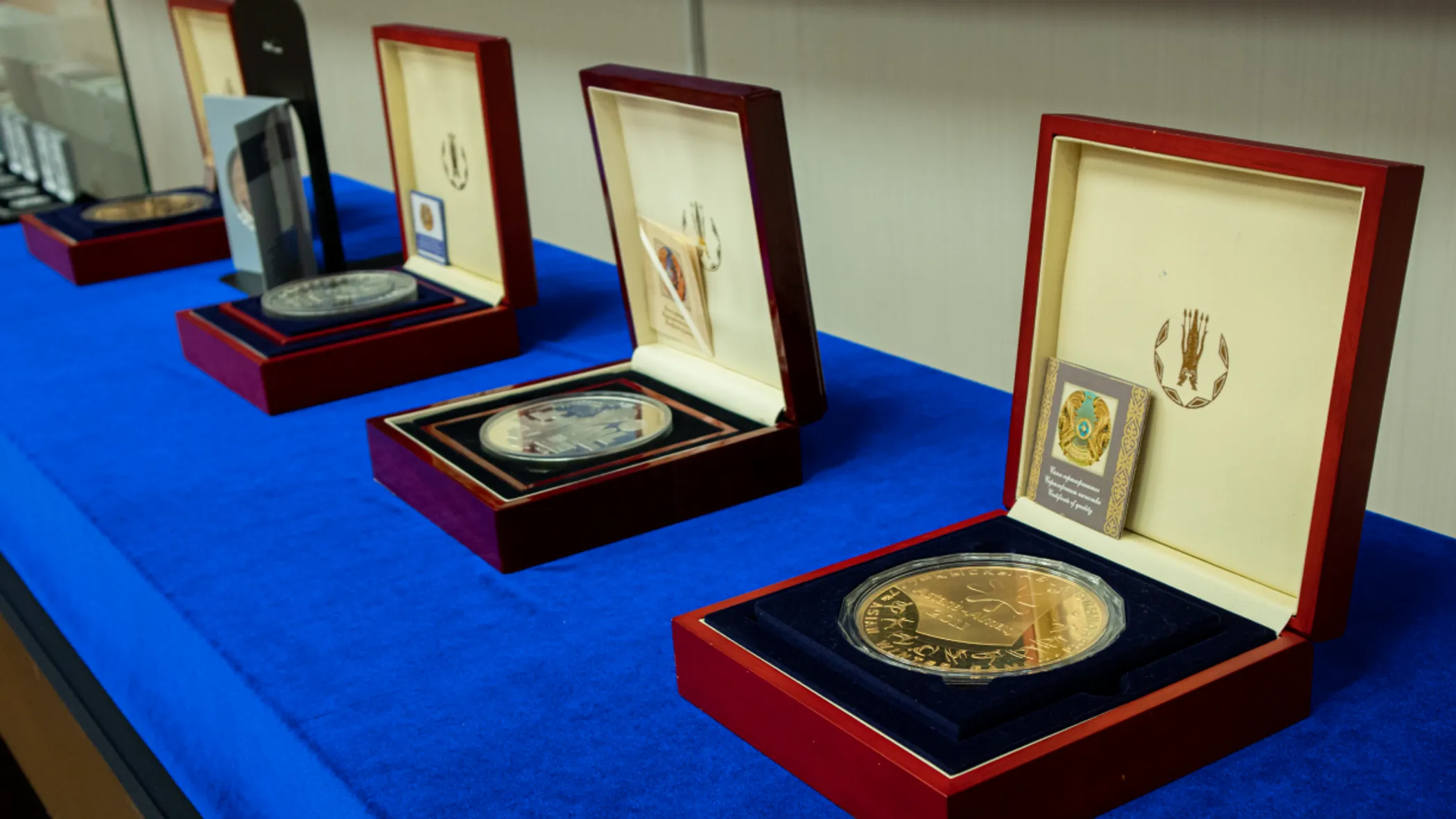
In 2025, the introduction of the third national currency form is planned—the digital tenge. How do you envision the future of physical banknotes and coins?
As you might remember, when electric cars were first introduced in our country, there was skepticism about transitioning from traditional fuel vehicles to electronic ones because of long distances. But life changes, so I believe the digital future is quite possible and awaits us in any case.
A journey to creating the national currency
As we celebrate the 30th anniversary of the tenge, it is an opportunity to contemplate its historical journey – from the inception of the first banknotes to the advent of the digital tenge.
The introduction of Kazakhstan's national currency stemmed from economic challenges in the former Soviet republics, exacerbated by the Central Bank of Russia's 1993 monetary reform that removed Soviet rubles from circulation and exchanged them for new Russian currency. The influx of Soviet rubles into Kazakhstan triggered hyperinflation, prompting the need for a national currency. On November 3, 1993, the President established a government commission to oversee its introduction, signaling a crucial shift toward economic development.

The first batch of tenge was printed in England by the company "Harrison & Sons." To transport the new currency to Kazakhstan, 4 IL-76 aircraft were employed, making a total of 18 flights with the utmost confidentiality, shuttling between Uralsk and London.
Choosing the Name ‘Tenge’
The naming of the national currency involved debates over options like ‘altyn,’ ‘aksha, and ‘tan'ga’. There was also consideration for naming the currency ‘som,’ as it was the ruble's translation into Kazakh. However, after Kyrgyzstan introduced the Kyrgyz som in 1993, the name ‘tenge’ was chosen, inspired by medieval Turkic silver coins (‘denge’ or ‘tanga’).
The currency's symbol (〒) from the ancient Turkic alphabet represents the sound ‘t,’ the initial letter in both ‘Tenge’ and ‘Tengri’ symbolizing the deity associated with the sky, sacred for Turkic peoples. The symbol expresses the idea of the currency's stability, high potential, dynamic development, and the growth of Kazakhstan's national economy.
Design and Features: From Portraits to Architectural Monuments
The decision was made to feature portraits of prominent figures from various fields of Kazakh culture, science, and politics on the front side, combined with national ornamentation. The reverse side showcased architectural monuments and picturesque views of Kazakhstan. The design of that era was manually crafted using pencil, watercolor, and tempera.
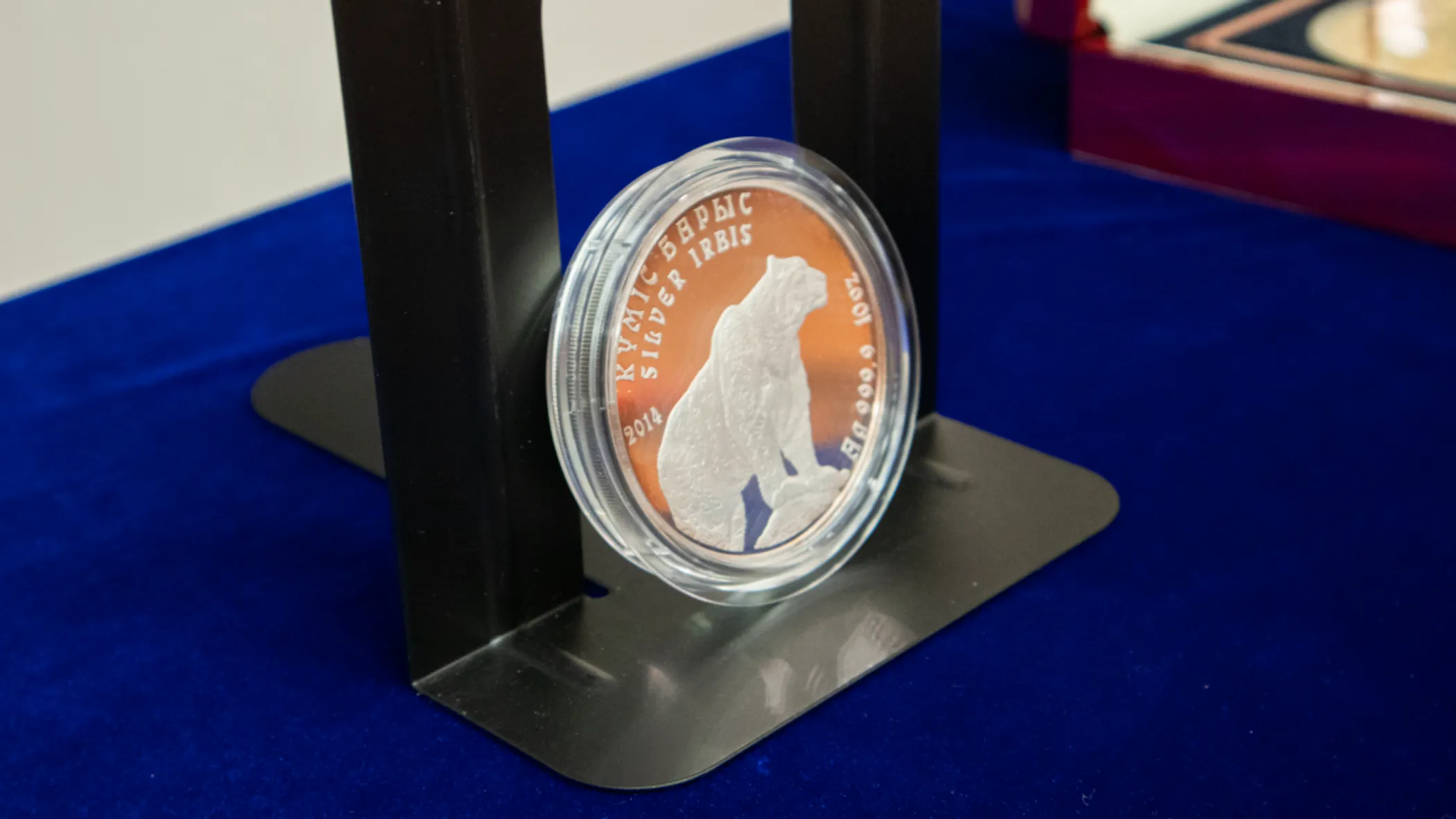
Future of tenge
In a groundbreaking step toward the future of finance, Kazakhstan has recently unveiled ambitious plans to launch the digital tenge by the year 2025, ushering in a revolutionary era in the country's monetary landscape. This strategic move signifies a remarkable evolution, positioning the digital tenge alongside traditional cash and non-cash currencies. Functioning as a universally recognized legal tender, the digital tenge will be issued in the form of distinctive digital sequences or electronic records securely stored on specialized electronic wallets. Notably, rather than causing disruptions, the digital tenge is designed to seamlessly coexist with existing currency forms and even introduce the convenience of offline payments through smartphones.
This transition towards a digital currency is poised to have far-reaching implications, with expectations of significantly enhancing financial inclusion, streamlining payment systems, and contributing to the overall modernization of Kazakhstan's financial infrastructure. As the nation gears up to embrace the digital tenge, it symbolizes a transformative period in the landscape of currency and economic transactions, underlining Kazakhstan's commitment to staying at the forefront of financial innovation.
